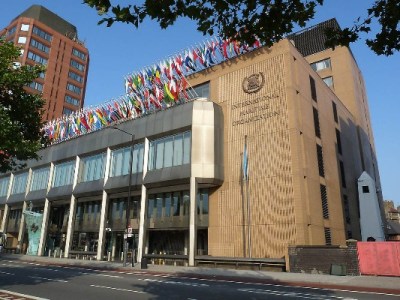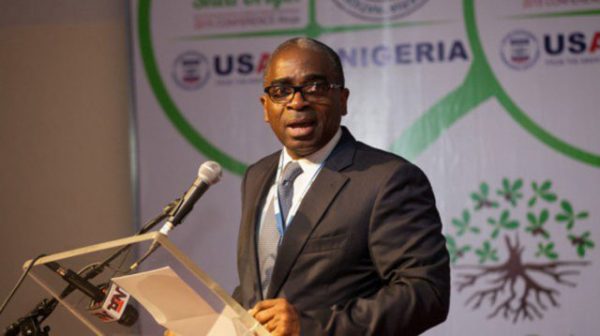Airlines target N12.2 trillion profit in 2018 amid slow growth
 The International Air Transport Association (IATA) yesterday announced its expectation for airlines to achieve a collective net profit of N12.2 trillion ($33.8 billion), being 4.1per cent net margin, in 2018.
The International Air Transport Association (IATA) yesterday announced its expectation for airlines to achieve a collective net profit of N12.2 trillion ($33.8 billion), being 4.1per cent net margin, in 2018.
IATA, the global clearing house for over 280 airlines around the world, disclosed this projection at the 74th IATA Annual General Meeting in Sydney.
The projection is a solid performance despite rising costs, primarily fuel and labour, but also the upturn in the interest rate cycle. These rising costs are the main driver behind the downward revision from the previous forecast of $38.4 billion in December 2017.
In 2017 airlines earned a record $38.0 billion (revised from the previously estimate of $34.5 billion). Comparisons to this, however, are severely distorted by special accounting items such as one-off tax credits which boosted 2017 profits.
Profits at the operating level, though still high by past standards, have been trending slowly downwards since early 2016, as a result of accelerating costs.
IATA’s Director General and Chief Executive Officer (CEO), Alexandre de Juniac, said solid profitability is holding up in 2018, despite rising costs.
“The industry’s financial foundations are strong with a nine-year run in the black that began in 2010. And the return on invested capital will exceed the cost of capital for a fourth consecutive year. At long last, normal profits are becoming normal for airlines. This enables airlines to fund growth, expand employment, strengthen balance sheets and reward our investors,” he said.
In 2018, the return on invested capital is expected to be 8.5 per cent (down from nine per cent in 2017). This still exceeds the average cost of capital, which has risen to 7.7 per cent on higher bond yields (7.1 per cent in 2017). This is critical for attracting the substantial capital needed by the industry to expand its fleet and services.
For outlook drivers like costs, inflation pressures are starting to emerge at this late stage of the economic cycle and airlines are facing significant pressures from rising fuel and labour costs in particular.
IATA expect the full-year average cost of Brent Crude to be $70/barrel. This is up from $54.9/barrel in 2017 (+27.5 per cent) and our previous 2018 expectation of $60/barrel. Jet fuel prices are expected to rise to $84/barrel (+25.9 per cent). Fuel costs will account for 24.2 per cent of total operating costs (up from a revised 21.4 per cent in 2017).
Overall unit costs are forecast to rise 5.2 per cent this year, after a 1.2 per cent increase in 2017; a significant acceleration.
In terms of revenues, providing some offset to accelerating costs is a strong revenue environment, as demand from passengers and shippers continues to expand well above trend, and pricing has turned positive.
Overall revenues are expected to rise to $834 billion (up 10.7 per cent from $754 billion in 2017). Unit revenues are expected to rise by 4.2 per cent in 2018, lagging the 5.2 per cent rise in unit costs. This will squeeze profit margins.
Demand: passenger air travel is forecast to expand by 7.0 per cent in 2018. This is slower than the 8.1 per cent growth recorded for 2017 but still faster than the 20-year average (of 5.5 per cent ) for the sixth consecutive year.
Demand is getting a boost from stronger economic growth and the stimulus from new city-pair direct services. Capacity is expected to grow by 6.7 per cent (the same pace as in 2017).The passenger load factor is expected to be 81.7 per cent, up a little on 2017 (81.5 per cent). Total passenger numbers are expected to rise to 4.36 billion (up 6.5 per cent from 4.1 billion in 2017). Passenger yields are expected to grow by 3.2 per cent in 2018 after a 0.8 per cent decline in 2017. This will be the first year for strengthening yields since 2011, driven upwards by the 5.2 per cent rise in unit costs.
Cash flow: with over 1,900 aircraft expected to be delivered to airlines in 2018 (up from 1,722 in 2017), there will be a boost in capital expenditure.







